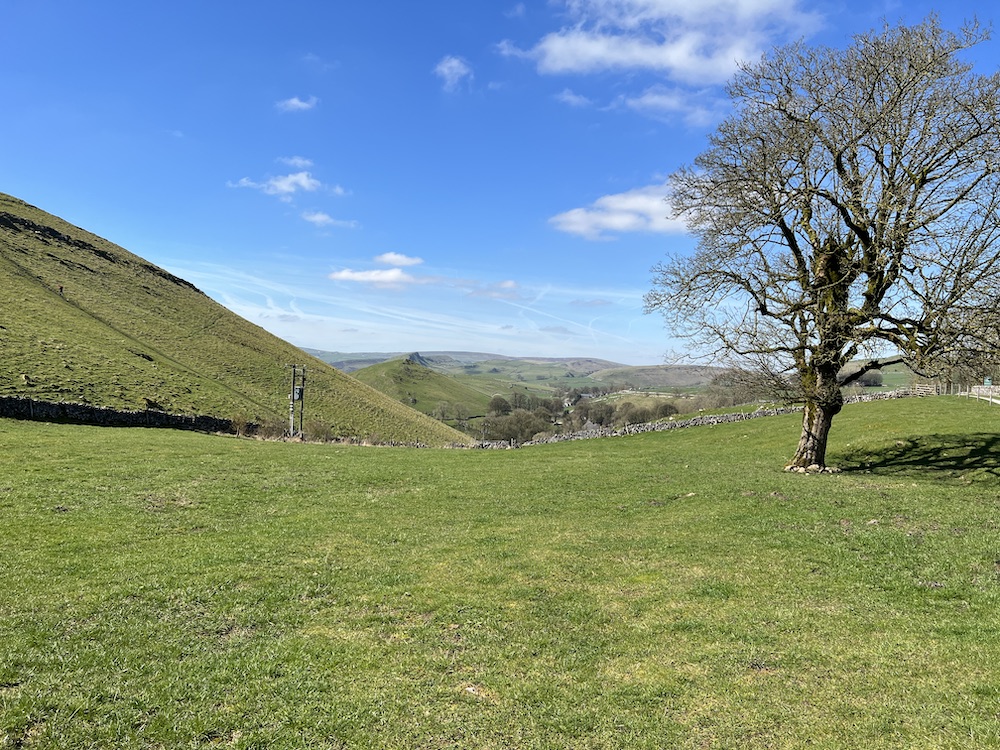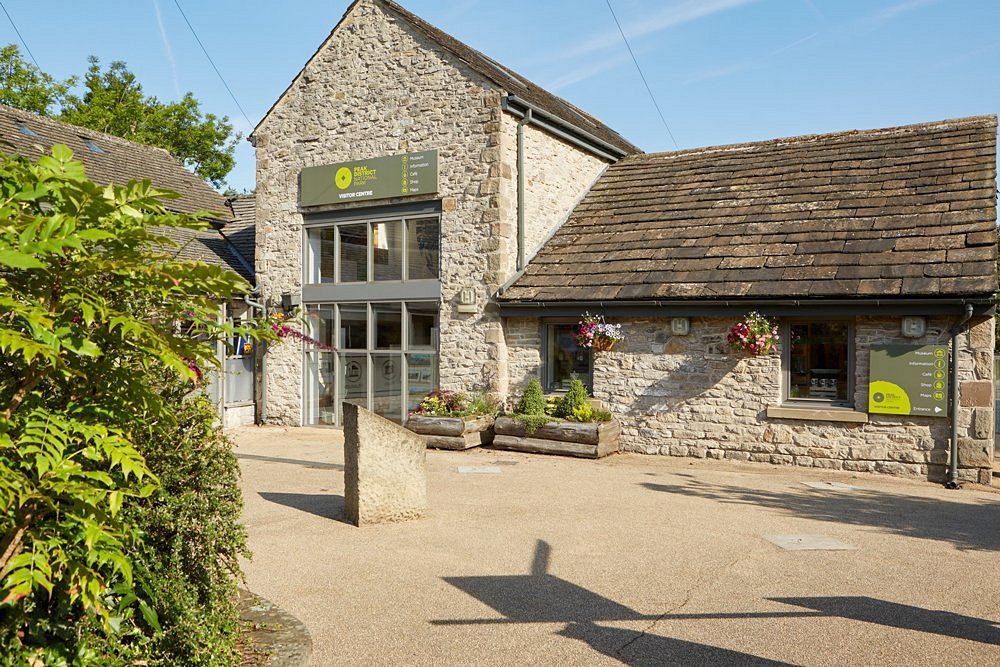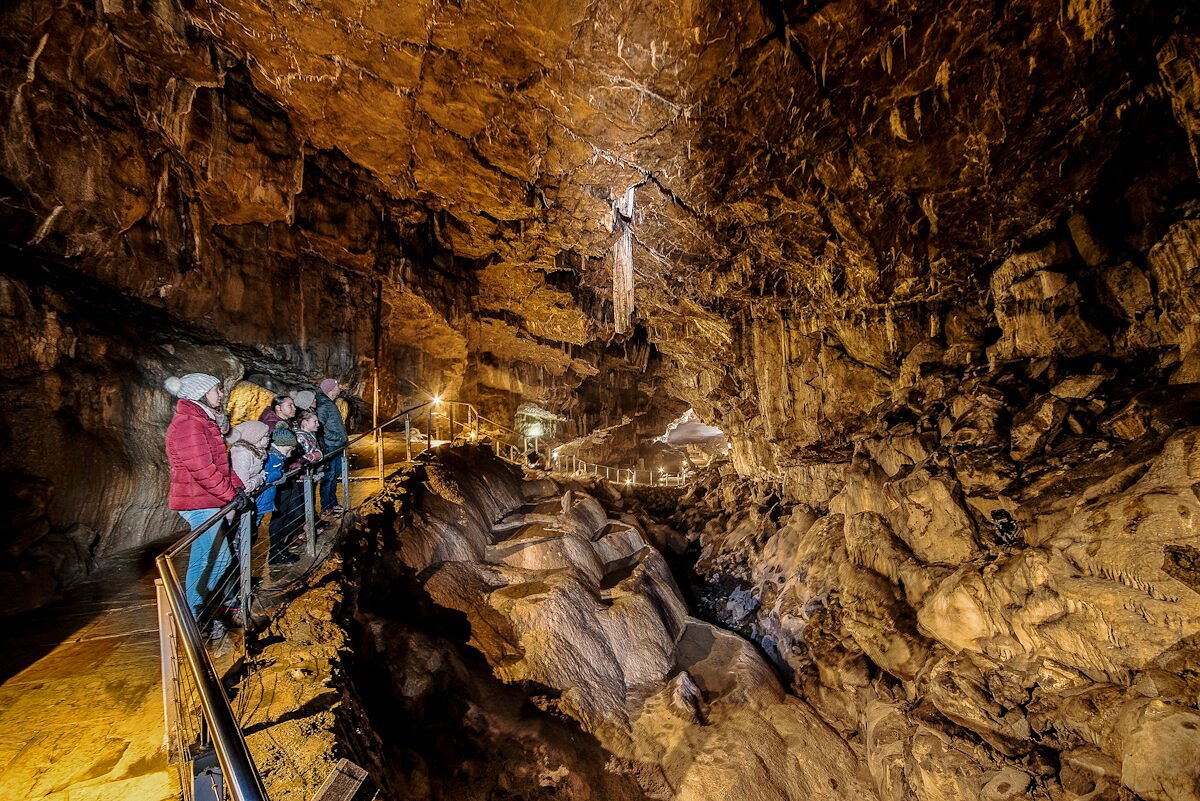The Red Arrows are set to soar over the Peak District this weekend. Great news…

History of the Peak District National Park
If you’re visiting Wheeldon Trees, one thing you’ll want to know if the history of the Peak District National Park.
The Peak District National Park is the oldest and one of the most popular of the 15 national parks in England and Wales. It was designated on 17 April 1951, under the National Parks and Access to the Countryside Act 1949. The park covers an area of 555 square miles (1,438 square kilometres). The park straddles the counties of Derbyshire, Cheshire, Staffordshire, Yorkshire and Greater Manchester.
Ancient History
The Peak District has a long and rich history, dating back to prehistoric times. The area was first inhabited by humans around 10,000 years ago, and there is evidence of human activity from all periods of British history.
During the Roman period, the Peak District was an important mining region, and lead and zinc were extracted from the hills. The Romans also built roads and forts in the area, and their legacy can still be seen today.
After the departure of the Romans, the Peak District was settled by Anglo-Saxons. The name “Peak” is thought to derive from the Pecsaetan, an Anglo-Saxon tribe who settled in the area.
Medieval Period
During the Middle Ages, the Peak District became an important centre for agriculture and industry. Sheep farming was essential, and the wool trade was a major source of wealth for the region.
The Peak District was also an important mining region during the Middle Ages. Lead, zinc, copper and silver were all mined in the area, and the Peak District was a major centre for metalworking.
Industrial Revolution
The Peak District was at the heart of the Industrial Revolution. The area’s abundant water power and mineral resources made it ideal for the development of new industries, such as cotton spinning and ironworking.
Richard Arkwright, one of the pioneers of the Industrial Revolution, built his first cotton mill in Cromford, Derbyshire, in 1771. Arkwright’s mills were powered by water, and they revolutionised the cotton spinning industry.
Other industries, such as ironworking and coal mining, also flourished in the Peak District during the Industrial Revolution. The area became home to a number of large and important industrial towns, such as Sheffield, Manchester and Stoke-on-Trent.
Decline of Industry
The Peak District’s industries began to decline in the late 19th and early 20th centuries. This was due to a number of factors, including the rise of foreign competition, the exhaustion of mineral resources and the development of new technologies.
The decline of industry led to economic hardship in the Peak District. Many people left the area to find work in other parts of the country.
Creation of the National Park
The Peak District National Park was created in 1951 to protect the area’s outstanding natural beauty and to provide opportunities for recreation and enjoyment.
The park was designated under the National Parks and Access to the Countryside Act 1949, which the Labour government of Clement Attlee passed. The Act was the culmination of a long campaign by environmental groups, such as the Ramblers’ Association, to create national parks in England and Wales.
The Peak District Today
The Peak District National Park is now one of the most popular tourist destinations in the United Kingdom. It attracts over 13 million visitors each year.
Visitors to the Peak District can enjoy a wide range of activities, including hiking, biking, fishing, rock climbing and caving. The park is also home to a number of historic villages and towns, as well as museums and art galleries.
The Peak District National Park plays an important role in the local economy, supporting over 10,000 jobs. The park also helps to protect the area’s unique wildlife and habitats.
Book your autumn Peak District cottage
Award-winning Wheeldon Trees is one of the Peak District’s leading cottage retreats.
Our Peak District cottages are close to a variety of activities. Things to do include hiking, biking, fishing, and visiting historic landmarks. We are also perfectly placed for wandering around charming English villages and taking in cafe society.
We have 10 stunning cottages set in 12 acres of Peak District National Park. Alongside luxury cottages, our rural retreat offers EV charging and an honesty shop packed to the brim with goodies. In addition, we have a fantastic games room where you can play pool, air hockey or ping pong. We have two new electric bikes for you to borrow to explore the local area. What’s more, we have recently added two new hybrid bikes.
In 2023 five of our cottages were rated 5-Star Gold by VisitEngland. Firstly, the Farmhouse retained its 5-Star Gold rating from 2021. And now Priestley Cottage, Ollerenshaw Cottage, Nadin Cottage and Mycock Cottage join it with top marks. The remaining five cottages – Sheldon, Walker’s Rest, Critchlow, Elliott and Lomas were all rated 4-Star Gold. In addition, TripAdvisor recently named Wheeldon Trees in the top 10% of places to stay in the world. Thanks to our visitors’ amazing reviews, we were delighted to be awarded the TripAdvisor Travellers’ Choice Award 2023 for the second year running. To complete the hat trick, we were also the runner-up in best self-catering accommodation at this year’s Visit Peak District and Derbyshire Tourism Awards.
You can view our availability and pick your perfect cottage by following this link – view our availability.









